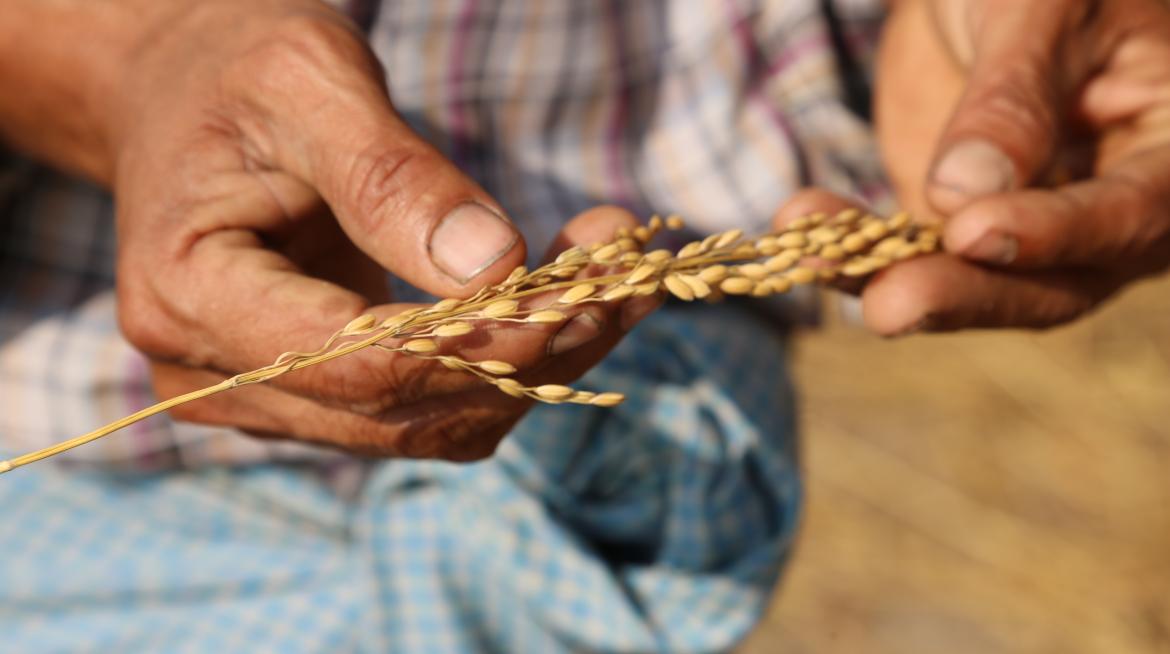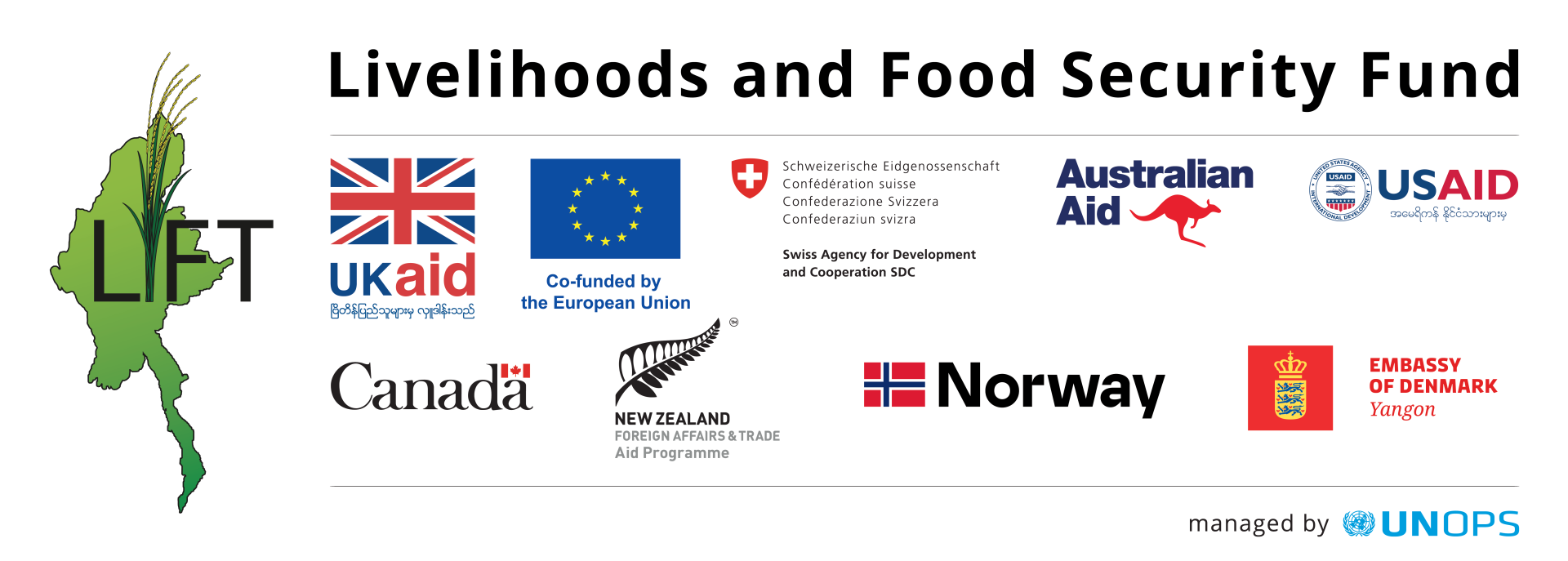
Original Article Available at :
Prices in staple crops traditionally vary significantly through the year. Rice, for instance, generally bottoms out in price after the main harvest in November and December, then gradually climbs through the year.
Farmers would like to sell their produce at the highest prices possible, but face a number of barriers keeping them from storing the crops until the price is right. Many are forced to sell earlier than they would like as they need to raise capital immediately after harvest in order to pay for debts used to finance the crop.
Some non-government organisations are looking to alleviate this problem through inventory credit systems. It will allow farmers to take out a loan from an organisation such as LIFT Myanmar for up to four months with the crops as collateral. The aim, officials say, is to use the fresh capital to pay off the short-term debt while still allowing the farmer to hang on to rice to sell at the optimal time of the year.
Currently LIFT and the Group of Research and Exchange of Technology (GRET) are using the system in a few villages in Ayeyarwady Region, some of which are still recovering from Cyclone Nargis. Farmers say it also allows paddy to be centrally located, allowing bulk sales to traders and millers from a stronger negotiating position, generating higher prices.
LIFT, GRET and the consortium Welthungerhilfe have been supporting this program as part of a nearly US$4 million initative covering 150 villages in Bogale and Mawlamyinegyun townships in Ayeyarwady Region, though some industry experts say it would be tough to this kind of program as a for-profit company rather than a non-government organisation.
Still, farmers say it is making a local difference in their profit margins.
“We were never fully satisfied with past rice prices, as we had to sell paddy immediately after harvest, which is the period of lowest prices,” said U Han Aye, who owns 22 acres of farmland in Kyee Chaung village, Mawlamyinegyun township, Ayeyarwady Region.
“This new system works well, and over the past two years has helped with certain profit.”
The program started in Kyee Chaung village at the end of 2012. GRET field agent Daw Khin Thet Nwe said farmers with too much debt are not allowed to join the current system.
GRET takes the paddy from farmers at harvest and provides 65 percent of its value as loans immediately, with a 2.5pc interest rate and storage fee.
U Win Oo, a farmer with 8 acres of land, said the crops can be stored for three months after the November-December harvest and four months after the summer crop.
“Although we can’t retrieve our paddy individually, the group of farmers can discuss the issue with each other. If there’s common agreement, the paddy can be sold at the time we like.”
The program may work in some villages, though experts say it may not be replicable across Myanmar.
Freedom Farmers League president U Thein Aung said the organisation instituting such a system must consider the time value of capital, interest rates and storage prices, adding it may be difficult for a non-NGO to implement.
“If such a system was controlled by a private company, the time to sell the crop would be up to them rather than the farmers,” he said. “The interest rate also needs to be low, because if interest rates are above 10 percent [a year] it creates difficulty for farmers across the whole country.”
Other private companies have publically discussed similar ways to use crops as collateral. Yoma Bank and Indian firm SLCM signed an a memorandum of understanding for warehouse financing two weeks ago, while Myanma Apex Bank and the Myanmar Rice Federation have also declared an intention to start warehouse financing.


